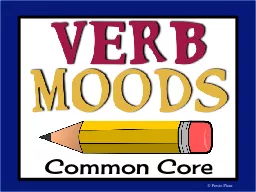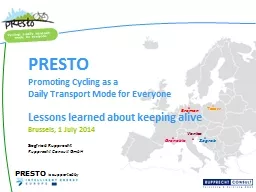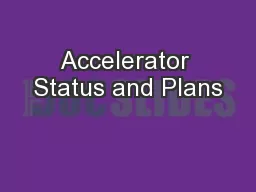PPT-© Presto Plans
Author : stefany-barnette | Published Date : 2017-05-20
Common Core Presto Plans Verbs are the words in a sentence that indicate action Verbs can express a P hysical action She texted her friend M ental action She
Presentation Embed Code
Download Presentation
Download Presentation The PPT/PDF document "© Presto Plans" is the property of its rightful owner. Permission is granted to download and print the materials on this website for personal, non-commercial use only, and to display it on your personal computer provided you do not modify the materials and that you retain all copyright notices contained in the materials. By downloading content from our website, you accept the terms of this agreement.
© Presto Plans: Transcript
Download Rules Of Document
"© Presto Plans"The content belongs to its owner. You may download and print it for personal use, without modification, and keep all copyright notices. By downloading, you agree to these terms.
Related Documents














